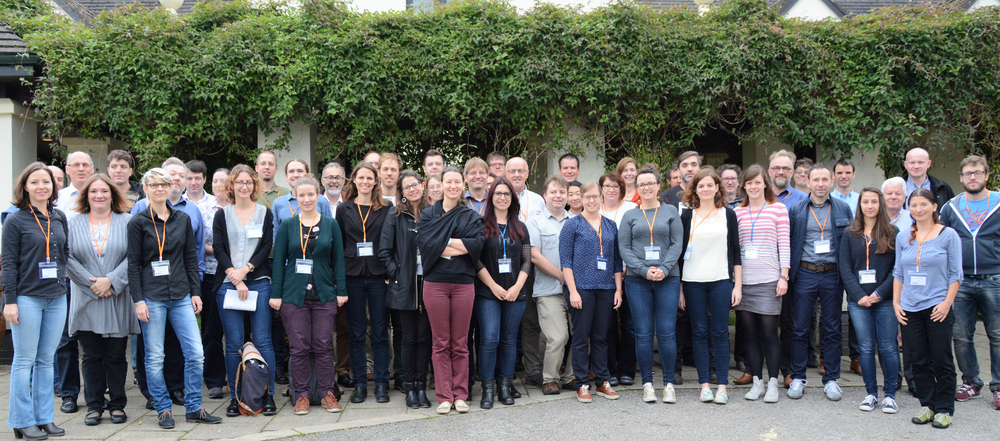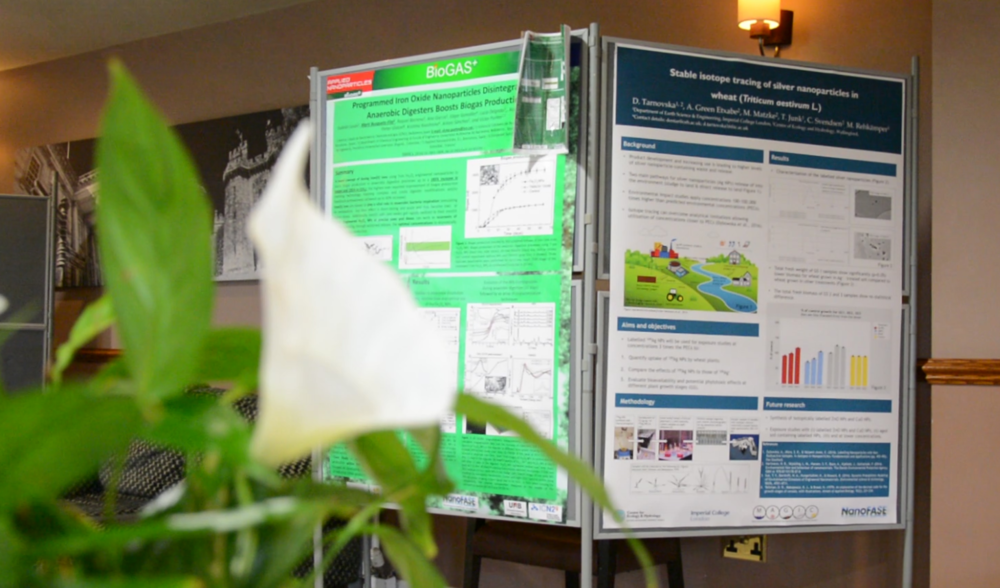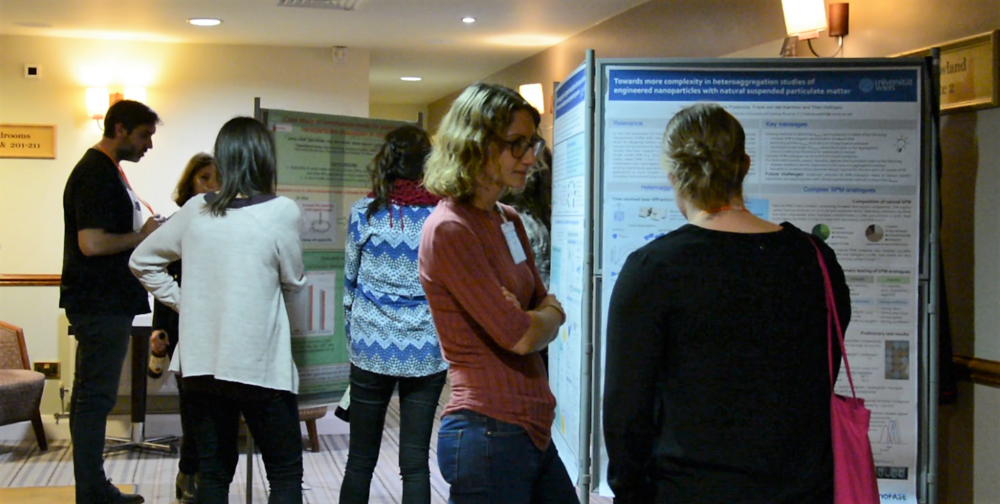How to study the environmental fate of nanomaterials: NanoFASE on the way to supply answers
From your shampoo and sunscreen to the shiny coating of your new car and electricals, nanoparticles are all around us, making our lives easier and bringing benefits every day.
But what happens to nanoparticles when they leave the product they were intended for? This is a rather simplistic summary of the complex scientific questions asked by EU H2020-funded project NanoFASE.
For the fifth time the project got together the expertise of 35 partners from across science and industry for an intensive 3-day workshop, dedicated to sharing advancements in the different modules across the project, as well as creating new synergies and plans for the future.

A common theme during the Lancaster meeting was the transition from preparation to delivery of some of the major experiments, field campaigns, and case studies that inform and demonstrate the models and clickable framework that form the backbone of the project.
Our team studying the fate of nanomaterials in air (WP6 headed by Carmen Nickel of IUTA) held a bilateral discussion with Joonas Koivisto (National Research Centre for the Working Environment; NRCWE) to plan combined field campaign to take place this autumn/winter. This collaboration allows both cost effective use of resources and the provision of more comprehensive data sets to inform both the NanoFASE and CaLIBRAte projects.
In our biotic uptake work package plans were finalised for a major aquatic and soil mesocosm experiment, due to start in Spring 2018 that will validate
the in vitro studies employed in the project as good representations of in vivo processes thus promoting the reduction, replacement and refinement approaches to reducing animal testing in regulatory testing.
Further work on the pathways analysis was presented by partners in WP4 Release forms and quantities from product life cycle for the case studies being developed in WP1 Case studies to validate modelling tools. These case studies will be used to demonstrate the utility of and how the NanoFASE Exposure Assessment Framework can be applied.
NanoFASE looks at the full life-cycle of nanomaterials, starting from production, through user phase, waste management and beyond, when the particles enter the environment.
The project studies the behaviour, transformation and possible effects in all components of our environment - air, soil, water, sediments and of course living organisms.
With experiments well under way and data already flowing, the main aim of the project is to now present these results in a way that can be reused by science, policy and industry alike to better plan and research nanomaterials for the benefit of society.
Apart from on the pages of high quality scientific papers, NanoFASE results will be also represented in an interactive way through the project's Clickable Framework, already taking shape on ourwebsite, offering multiple entry points for interested parties and various levels of detail and information.
Explore the Soil compartment of NanoFase’s Clickable Framework, to get a view of what it will have to offer in future!
In a dedicated poster session, the project’s Young NanoScientists had the opportunity to present their research and discuss it with experts. Look out for videos and stories in the coming weeks!


